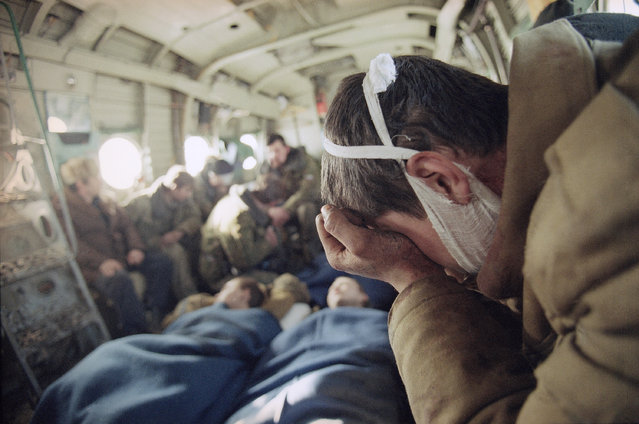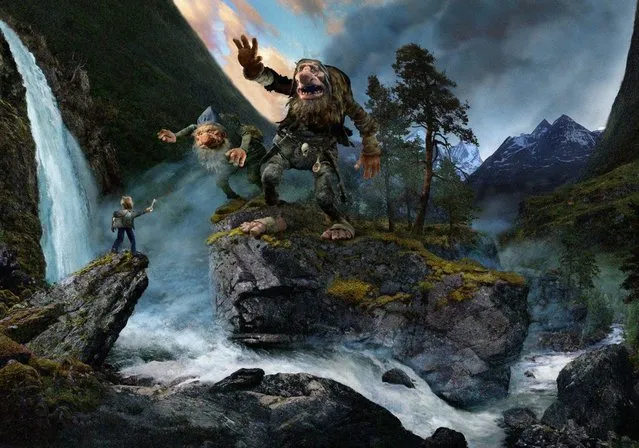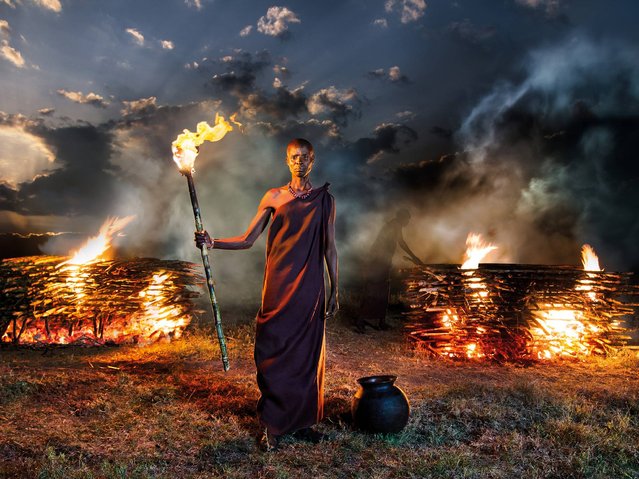
Police detain a woman protesting against the court verdict for Yuliy Boyarshinov, and Viktor Filinkov, members of a left-wing group Set (Network) at the Western regional military court in St.Petersburg, Russia, Monday, June 22, 2020. A Russian military court convicted two members of a left-wing youth group of terrorism Monday and sentenced them to prison terms of five and a half and seven years, in a case that human rights groups called fabricated and based on coerced testimony. (Photo by Dmitri Lovetsky/AP Photo)
24 Jun 2020 00:03:00,post received
0 comments







